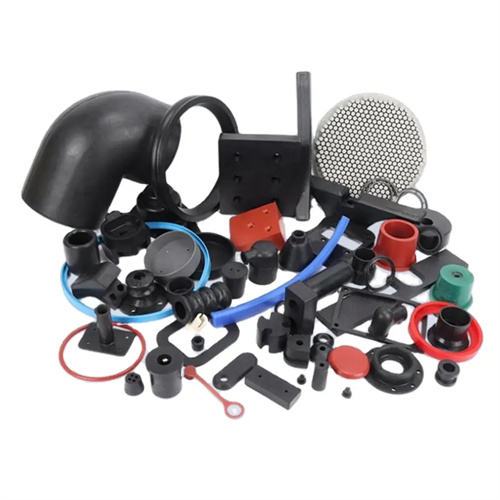Types and properties of plastics
Plastics are materials primarily composed of high-molecular-weight polymers, processed and shaped with various additives. They come in a wide variety of types with diverse properties and are widely used in various fields, including industry, agriculture, and daily life. Plastics can be divided into two main categories: thermoplastics and thermosetting plastics, depending on how their properties change when heated. Thermoplastics soften and melt when heated, then solidify and form upon cooling, a process that can be repeated. Examples of thermoplastics include polyethylene, polypropylene, and polyvinyl chloride. These plastics have excellent plasticity and processability, making them easy to recycle. Thermosetting plastics, on the other hand, undergo a chemical transformation once heated and formed, forming an insoluble, infusible solid that cannot be softened and reshaped by heating. Common examples include phenolic plastics, aminoplasts, and epoxy resins. Thermosetting plastics offer high heat resistance and rigidity, making them suitable for manufacturing parts with complex structures and high strength requirements.

Plastics can be categorized by use as general-purpose plastics, engineering plastics, and specialty plastics. General-purpose plastics are produced in large quantities, are inexpensive, and have a wide range of uses. These plastics primarily include polyethylene, polypropylene, polyvinyl chloride, and polystyrene, and are often used in packaging materials, daily necessities, and toys. Engineering plastics, such as polyamide (nylon), polycarbonate, polyoxymethylene, and ABS plastics, offer excellent mechanical properties, heat resistance, and corrosion resistance, allowing them to be used in harsh environments. These plastics are widely used in the automotive, electronics, and machinery industries to manufacture components such as gears, bearings, and housings. Specialty plastics, such as polytetrafluoroethylene and polyimide, possess unique properties, such as high-temperature resistance, radiation resistance, electrical conductivity, and magnetic conductivity. These plastics are primarily used in high-end fields such as aerospace, medical equipment, and electronic information technology.

From a chemical structure perspective, the properties of plastics are closely related to their molecular structure. Polyethylene has a simple molecular structure, is linearly arranged, and has weak intermolecular forces, so it has good flexibility and cold resistance, but relatively low strength. Polyvinyl chloride molecules contain chlorine atoms, which makes them have good chemical corrosion resistance and flame retardancy, but poor heat resistance. They easily decompose at high temperatures to produce toxic gases. Polyamide molecules contain amide bonds, which can form hydrogen bonds between molecules. Therefore, they have high strength, wear resistance and toughness, and good oil resistance, making them an ideal material for manufacturing mechanical parts. Polycarbonate contains carbonate groups in its molecular structure, which has excellent light transmittance, impact toughness and heat resistance. It is often used to make optical lenses, electronic and electrical housings, etc.

The properties of plastics are also affected by additives. Additives are auxiliary materials added to improve the processing and performance of plastics or to reduce their cost. They primarily include plasticizers, stabilizers, fillers, colorants, and lubricants. Plasticizers increase the flexibility and plasticity of plastics. For example, adding phthalate plasticizers to polyvinyl chloride can soften it from a hard and brittle state, allowing it to be made into hoses, films, and other materials. Stabilizers prevent plastics from degrading due to heat, light, and other factors during processing and use, extending their service life. Fillers can reduce the cost of plastics while improving their strength, hardness, and other properties. For example, adding glass fiber to polypropylene significantly increases its mechanical strength. Colorants impart various colors to plastics, enhancing the product’s appearance. Lubricants improve the processing fluidity of plastics and prevent them from sticking to molds.

Different types of plastics have varying properties, which determine their application range. When selecting plastic materials, it’s important to consider factors such as the product’s intended use environment, performance requirements, and processing technology. For example, when making food packaging materials, non-toxic, low-temperature-resistant polyethylene or polypropylene should be selected. When making automotive engine parts, high-temperature-resistant, high-strength engineering plastics such as polyamide and polyoxymethylene are recommended. When making corrosion-resistant pipes, polytetrafluoroethylene (PTFE), known as the “king of plastics,” is a preferred choice due to its exceptional corrosion resistance. With the continuous advancement of technology, new plastic materials are emerging, such as biodegradable and antibacterial plastics. These materials not only meet performance requirements but also reduce environmental pollution, offering broad application prospects.
